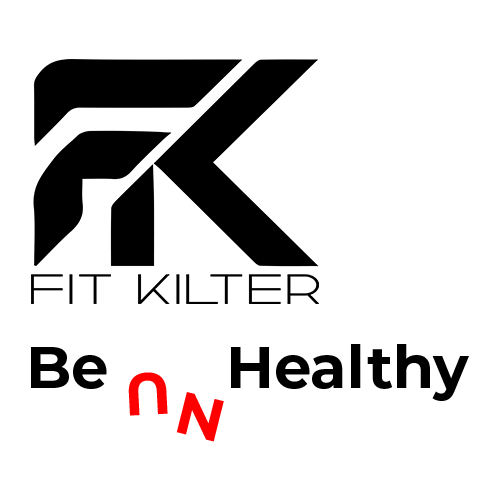High-Intensity Interval Training (HIIT) has surged in popularity in recent years, hailed as a time-efficient and effective way to improve cardiovascular fitness, torch calories, and boost metabolism. But what exactly makes HIIT so effective, and how does it compare to traditional steady-state cardio? In this detailed exploration, we’ll delve into the science behind HIIT, uncovering the physiological mechanisms and health benefits that make it a game-changer in the world of fitness.
Understanding High-Intensity Interval Training (HIIT):
HIIT is a form of cardiovascular exercise characterized by short bursts of intense activity followed by brief periods of rest or low-intensity recovery. Unlike traditional steady-state cardio, which involves maintaining a moderate intensity for an extended duration, HIIT alternates between periods of maximum effort and recovery, challenging both aerobic and anaerobic energy systems.
The Science Behind HIIT:
- Increased Caloric Expenditure: HIIT has been shown to elicit a significant increase in caloric expenditure both during and after exercise, a phenomenon known as excess post-exercise oxygen consumption (EPOC) or the “afterburn” effect. Intense intervals of exercise create a metabolic disturbance that requires the body to expend additional energy to restore homeostasis, leading to greater calorie burn post-workout.
- Improved Cardiovascular Fitness: HIIT improves cardiovascular fitness by enhancing the heart’s ability to pump blood efficiently and increasing the body’s oxygen uptake capacity. The intense bursts of activity followed by short recovery periods challenge the cardiovascular system, leading to adaptations such as increased stroke volume, cardiac output, and VO2 max.
- Fat Loss and Metabolic Benefits: HIIT has been shown to be highly effective for fat loss and improving metabolic health. Research suggests that HIIT may increase fat oxidation, enhance insulin sensitivity, and promote favorable changes in hormone levels, including increased release of catecholamines and growth hormone, which facilitate fat metabolism and muscle growth.
- Preservation of Lean Muscle Mass: Unlike traditional steady-state cardio, which may lead to muscle loss over time, HIIT has been shown to preserve lean muscle mass while promoting fat loss. The high-intensity nature of HIIT stimulates muscle protein synthesis and activates fast-twitch muscle fibers, helping to maintain and even build muscle mass while reducing body fat.
- Time Efficiency: One of the most appealing aspects of HIIT is its time efficiency. HIIT workouts can be completed in a fraction of the time compared to traditional steady-state cardio, making it ideal for individuals with busy schedules or limited time for exercise. Short, intense intervals allow you to achieve maximum results in minimal time, making HIIT a practical and sustainable option for many.
Sample HIIT Workout:
Warm-up: 5 minutes of light cardio (e.g., jogging, jumping jacks)
Interval Set:
- Sprint or high-intensity exercise: 30 seconds
Active recovery or low-intensity exercise: 60 seconds
Repeat the interval set 5-8 times, depending on fitness level
Cool-down: 5 minutes of light cardio followed by stretching
Conclusion:
High-Intensity Interval Training (HIIT) is not just a fitness trend – it’s backed by solid scientific evidence supporting its efficacy for improving cardiovascular fitness, promoting fat loss, and enhancing metabolic health. By incorporating HIIT into your fitness routine, you can maximize your workout efficiency, achieve greater results in less time, and unlock the transformative benefits of this powerful training modality. Whether you’re a seasoned athlete or a beginner, HIIT offers a versatile and effective approach to achieving your fitness goals and optimizing your overall health and well-being.













